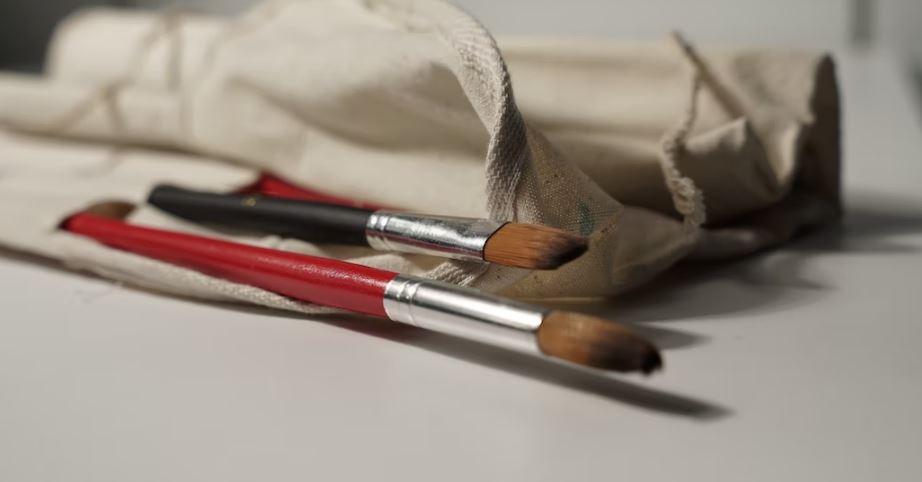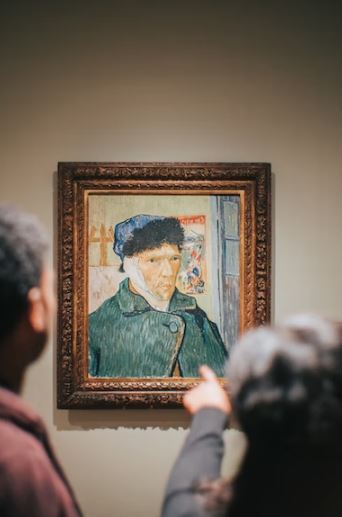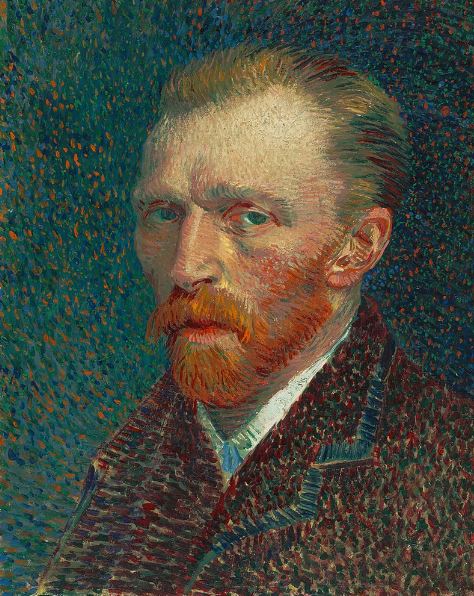Who is Vincent van Gogh?
Vincent Willem van Gogh or famously known as Vincent van Gogh was one of the most influential artists in Western art history. Amazingly, he only sold one artwork during his lifetime. He became famous after his death, with over 2100 artworks focused on bold brush strokes, mastering black and white color combinations depicting landscapes and figures.
At the age of 27, Vincent decided to become an artist. Although some considered him a social misfit due to his peculiar and quiet behavior, some artwork collectors during his time already noticed his undervalued artworks. His fame came after his death when he became a representation of an eccentric genius.
Some of his famous works were The Potato Eaters, a showpiece deliberately portraying the harsh reality of country life depicting peasants with coarse faces and bony hands. Sunflowers is another masterpiece of Vincent, with a total of five large canvases with sunflowers in a vase. Additionally, Vincent was famous for his self-portraits. One was Self Portrait as a Painter, holding a palette and paintbrushes behind his easel. The Starry Night, Vincent’s renowned oil canvas with an image of the night sky motivated by the view from his window at a mental asylum, became one of the most recognized paintings in the world.
How did Vincent van Gogh become an artist?
Often quiet and self-contained, Vincent spent most of his time wandering the countryside to observe nature. His mother was the first person who encouraged him to try painting, making him one of the most notable artists of all time.
Vincent was from an upper-middle-class family in the province of North Brabant. He was one of six children of Reverend Theodorus van Gogh and Anna Cornelia Carbentus. As an apprentice in the Hague gallery, Vincent had daily interaction with art, and his artistic sensibility began to manifest. He developed a taste for artistry from Rembrandt, Frans Hals, and other Dutch masters but remained inspired by French artists such as Jean-Francois Millet and Camille Corot.
However, young Vincent disliked art dealing, so he was transferred to London, then to Paris after two years. This journey made Vincent reluctant about art. Van Gogh eventually took a position as an assistant teacher, but lacking prospects in life, he decided to change his career path. He followed in his father’s footsteps of being a clergyman, which proved to be another false start.

Vincent being jobless and about to be taken to a mental asylum, took a long period of soul-searching and decided to follow his brother Theo’s advice to become an artist. His idea of creating a memento through drawings and paintings pushed him to be more expressive. Vincent’s parents weren’t as supportive as his brother’s. Fortunately, that didn’t stop him from pursuing his dream.
As he went to continue his goal, Vincent lived in various places in the Netherlands. He took painting and drawing lessons with his uncle, Anton Mauve. He frequently went outside to work on his art. Vincent felt his paintings weren’t good enough. His earliest works portrayed a novice’s attention to detail, but the seemed two-dimensional drawing already showed earlier signs of a budding genius.
Vincent van Gogh created his first painting at his parents’ home in the Netherlands. He restricted his first work to a black and white palette, essentially working on different color hues before creating his unique style. It was a painting of peasants in static poses. He made other art pieces like Still Life with Cabbage and Clogs, using earth tones. It also used a rich combination of color, and van Gogh’s painting style came to life.
How did Vincent van Gogh become a tragic artist?
One of Vincent van Gogh’s unforgettable legacies as an artist was his self-driven mutilation just before Christmas in 1888. Different controversies emerged as to why he did an unimaginable act. Vincent began to reveal his mental illness with hallucinations and attacks from which he would eventually become unconscious. He later claimed to have no recollections of the experiences.
In 1888, Vincent moved south of France and rented the so-called Yellow House. There he created his Sunflowers masterpieces, together with over 300 other paintings. He invited Paul Gaugin, a French artist famous for his experimental use of color. The two artists painted together in the Yellow House for nine weeks. Their relationship was often volatile leading Gaugin to the verge of returning to Paris.
One night, the two artists quarreled, resulting in Vincent cutting off his left ear due to his flared temper. He put it on paper and presented it to a local prostitute. The next day, police officers found Vincent at home and took him to the nearest hospital. Gaugin immediately sent a telegram to Theo, who came right after the letter arrived.
Vincent found himself having a vague memory of what had happened. He considered the tragedy nothing more but “a simple artist’s bout of craziness.” Unfortunately, these episodes of attacks occurred frequently, pushing Vincent to accept that he had a mental illness.

Conclusion
Vincent van Gogh dreamed of establishing an artist’s community and invited various artists to join him with his visionary goal. Undeniably, his road to glory wasn’t an easy one. His popularity shed light on the dark side of being a misunderstood genius who suffered rapid mental deterioration. He may not have witnessed his talent recognized by the world, but his influence remains powerful even up to the present.
